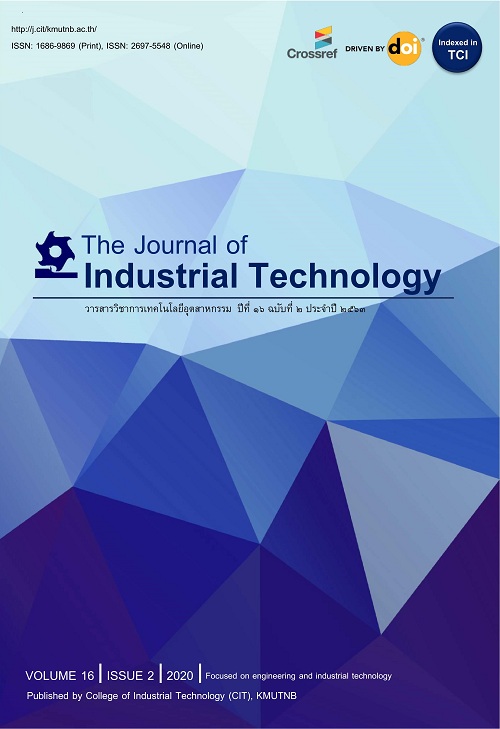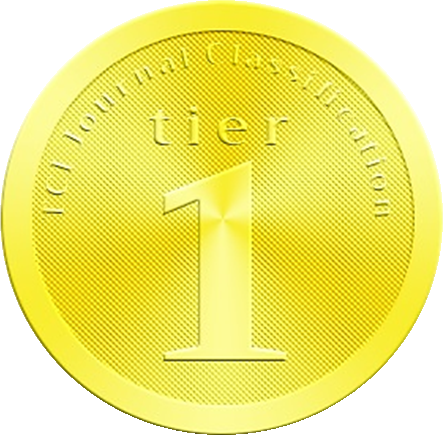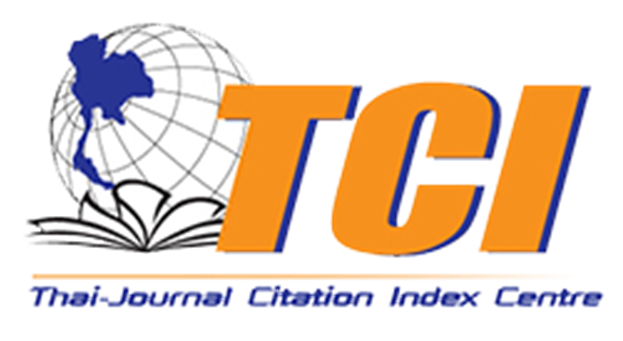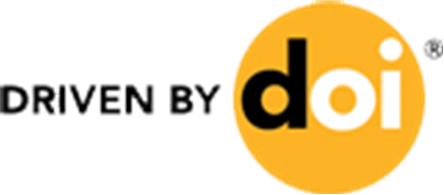Study on Influences of Curved Ratio and Reverse Drawing Technique on Thinning of Curved Bottom Cup
การศึกษาอิทธิพลของอัตราส่วนโค้งและการขึ้นรูปแบบสลับทางที่มีต่อการบางลงของถ้วยก้นโค้ง
Abstract
งานวิจัยนี้ศึกษาอิทธิพลของอัตราส่วนโค้งของหัวพันช์ในการลากขึ้นรูปถ้วย ที่มีต่อการเปลี่ยนแปลงความหนาของถ้วยก้นโค้งอะลูมิเนียมผสม เกรด 5052 H32 โดยทดสอบขึ้นรูปแบบขั้นตอนเดียวและแบบสลับทาง (2 ขั้นตอน) จากการทดสอบขึ้นรูปแบบขั้นตอนเดียวพบว่าการขึ้นรูปดัวยพันช์ที่มีอัตราส่วนโค้งต่ำ ทำให้ส่วนโค้งก้นถ้วยบางลงมากกว่าบริเวณอื่น โดยตำแหน่งที่บางลงมากที่สุดอยู่ที่บริเวณส่วนโค้งก้นถ้วย ในขณะที่การขึ้นรูปด้วยพันช์ที่มีอัตราส่วนโค้งสูง (เข้าใกล้ถ้วยก้นแบน) ตำแหน่งที่เกิดการบางลงมากที่สุดอยู่ที่ผนังตรงใกล้กับโค้งก้นถ้วย การลากขึ้นรูปแบบสลับทางช่วยลดการบางลงของชิ้นงานกรณีที่พันช์มีอัตราส่วนโค้งต่ำ และถ้วยสำเร็จมีความยาวส่วนผนังตรงไม่มาก กลไกการขึ้นรูปของถ้วยก้นโค้งที่มีส่วนของผนังตรงพบว่า การขึ้นรูปช่วงแรกเป็นการขึ้นรูปส่วนโค้งก้นถ้วยซึ่งเกิดการดึงยืดทุกทิศทาง และตามด้วยการขึ้นรูปบริเวณผนังตรง ซึ่งเกิดความเค้นแรงดึงสูงตามแนวรัศมีส่งผลให้เกิดการบางลงมากที่บริเวณผนังตรงใกล้รัศมีพันช์ ดังนั้นการขึ้นรูปแบบสลับทางจึงมีผลกับการกระจายความหนาได้เฉพาะในการขึ้นรูปช่วงแรก กรณีถ้วยที่มีอัตราส่วนโค้งสูงมีความยาวส่วนผนังตรงมาก การขึ้นรูปส่วนใหญ่อยู่ที่การขึ้นรูปช่วงที่สอง จึงมีส่วนช่วยลดการบางลงได้น้อย
This work studied the influences of the punch head curve ratio on thickness changing of cup by deep drawing process using one step or conventional drawing and reverse drawing (2-step) from 1 mm thick Aluminum 5052 H32. For conventional drawing, it was found that the curve bottom part of cup was thinner than other area when deep drawing with lower curve ratio punch. The maximum thinning area was found on curve bottom part of cup. While deep drawing with high curve ratio punch, the thinnest area had shift to straight wall close to bottom of cup. Deep drawing of 2 steps using reverse drawing could reduce thinning with low curve ratio punch and short straight wall cup. The mechanism for deep drawing of curve bottom cup could be divided into two parts; the curve bottom with main stretching was formed initially and followed by forming the straight wall with main radial tensile stress. Thus, reverse drawing could help reduce thinning only on the first part of curved bottom cup forming. Therefore, using reverse drawing had less effect on thinning for cup with high curve bottom ratio with large straight wall due to second part of forming straight wall area was dominated.
Keywords
1. H.I. Demirci, M. Yasar, K. Demiray and M.Karali, The theoretical and experiment investigation of blank holder forces plate effect in deep drawing process of AL1050 material, Materials and Design, 29, 2008, 526-532.
2. A.I.O. Zaid, Deep drawing mechanism, parameters, defects and recent results: State of the art, IOP Conference Series: Materials Science and Engineering, 146, 2016.
3. L. The-Thanh, B. Tien-Long, T. The-Van and N. Duc-Toan, A study on a deep drawing process with two shaping states for a fuel-filter cup using combined simulation and experiment, Advances in Mechanical Engineering, 2019, vol. 11(8) 1-11.
4. H. Zein, M. El-Sherbiny, M. Abd-Rabou and M. El Shazly, Effect of die design parameters on thinning of sheet metal in the deep drawing process, American Journal of Mechanical Engineering, 2013, 1(2), 20-29.
5. S. Olguner and A.T. Bozdana, The effect of friction coefficient on punch load and thickness reduction in deep drawing process, International Journal of Materials, 2016, 3, 64-68.
6. M. Vahdati and M. Gerdooei, Numerical analysis of hot deep drawing process of the thick hemispherical head without the blank-holder, Transactions of the Indian Institute of Metals, 2021, 74, 1775-1786.
7. Z. Zhang, Y. Xu and S.Yuan, Analysis of thickness variation of reverse deep drawing of preformed 5A06 aluminum alloy cup under different temperatures, The International Journal of Advanced Manufacturing Technology, 2016, 86, 521-529.
8. Y. Liu, F. Li, C. Li and J. Xu, Effect of reverse pre-bulging on magnetic medium deep drawing formability of aluminum spherical bottom cylindrical parts, The International Journal of Advanced Manufacturing Technology, 2019, 103,4649-4657.
9. Y.Y. Mu, F. Li, C. Li, Y.Q. Zang and J. Xu, Mechanism of pre-deformation effect on sheet deep-drawing forming under magnetic field condition using a magnetorheological fluid (MRF) medium, The International Journal of Advanced Manufacturing Technology, 2021, 116(3-4), 863–875.
10. C. Zhang, W. Huang, C. Xi, P. Xue, B. Tian and J. Luo, Alternate deep drawing process for spherical parts in near equal-thickness wall, The International Journal of Advanced Manufacturing Technology, 2020, 111,517-524.
11. J.W. Park, J. Kim and S.S. Kang, Development on a prediction model for experimental condition of flexibly reconfigurable roll forming process, Metals, 2019, 9, 869.
12. M. Murugesan, M. Sajjad and D.W. Jung, Experimental and numerical investigation of AA5052-H32 Al alloy with u-profile in cold roll forming, Materials, 2021, 14, 470.
DOI: 10.14416/j.ind.tech.2024.12.011
Refbacks
- There are currently no refbacks.






